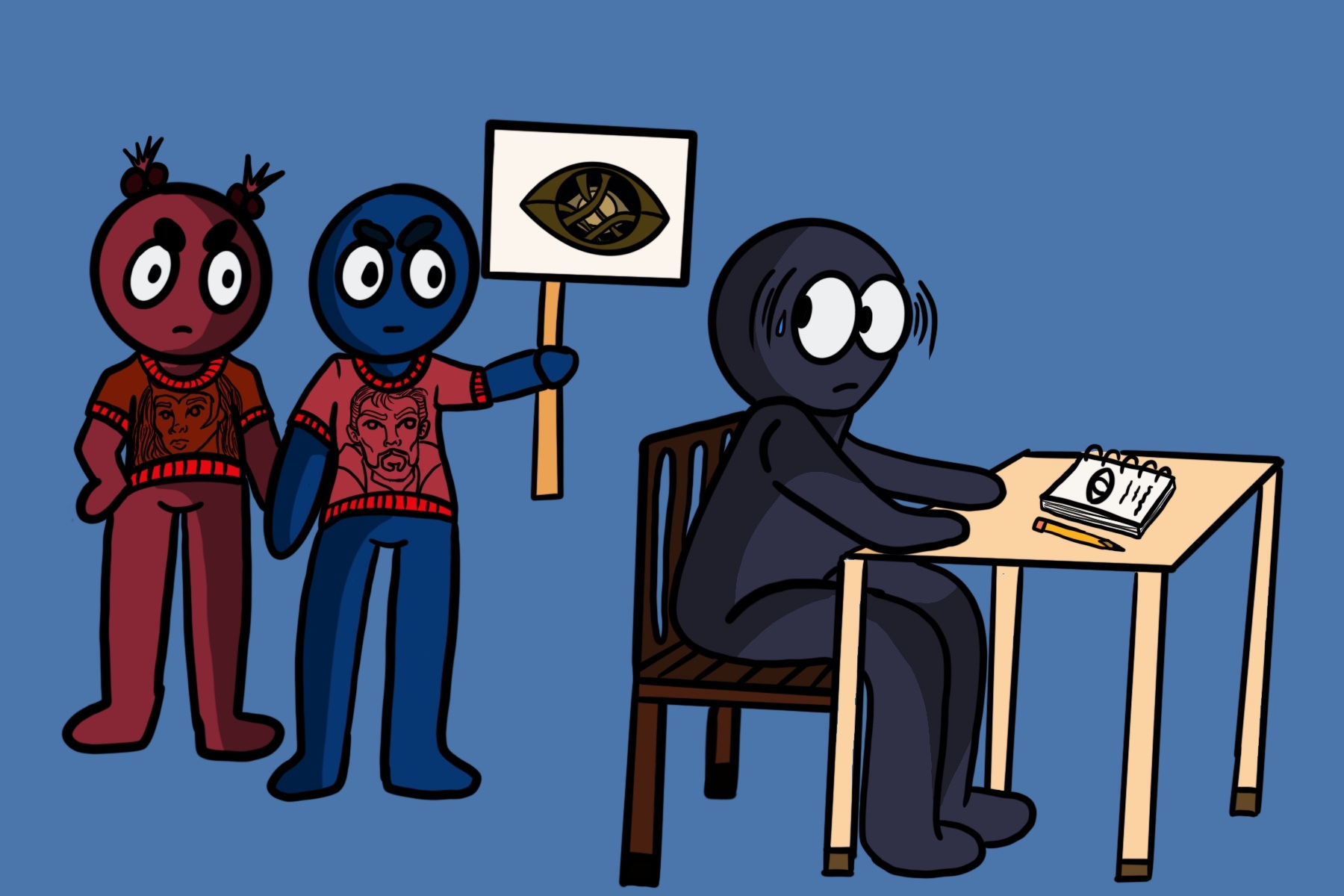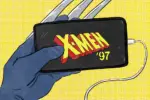Spoilers for “Doctor Strange in the Multiverse of Madness” and “Spiderman: No Way Home”!
What do you look for when you go to the movies? To be entertained? To get a thrill out of seeing your favorite stories come to life? It’s safe to say that audiences are becoming more comfortable going back to the movies since the beginning of the COVID-19 pandemic. Disney, for example, has slowly shifted back to exclusively releasing its major features in theaters while also supporting the production of television shows for Disney+. While this is a good strategy for telling original stories in movies like “Encanto,” their biggest cinematic universe, Marvel, has begun to cause burnout among audiences.
A large number of newer MCU films seem to prioritize their hardcore fans, requiring the audience to possess a thorough knowledge of older MCU movies instead of letting them enjoy the film because of the protagonist’s journey. The use of what has become known as “fan service” has started to hinder the quality of the films themselves and stripped them of the opportunity to tell a story. For example, some say that “Doctor Strange in the Multiverse of Madness” relied heavily on prior knowledge of many characters. While the average fan may have at least a basic understanding of what’s going on, is this a good move for the franchise in the long run?
The long-awaited sequel to Marvel’s “Doctor Strange (2016)” had a $450 million opening weekend, one of the biggest since the pandemic began. In the six years between the two movies, there have been a handful of films and TV shows that have become almost required viewing to completely understand the latest “Doctor Strange” film. While knowledge of a handful of stories leading up to the latest release has always been helpful, for “Multiverse of Madness,” it nearly determined whether the viewer liked it or not. Kevin Feige, the president of Marvel Studios, mentioned the synergy between the big screen and small screen stories when Disney+ first launched; as one might imagine, the release of movies and series where the main characters can stand on their own has become less and less likely.
Series like “WandaVision” and “What If…?” are the two main shows that are seemingly required viewing to understand “Multiverse of Madness,” even though the director did not finish the former. For the ultimate Marvel fan — someone with an inside-and-out knowledge of the comics — they are bound to have a good time.
While more and more people continue to see “Multiverse of Madness” for the first time, many of its cameos have received mixed reviews. Despite acknowledging the existence of superheroes not yet seen in the MCU like Professor X or Reed Richards, the film lets them linger in a handful of scenes before they are brutally killed by the movie’s antagonist, The Scarlet Witch.
Additionally, some have criticized the casting of these heroes as feeling out of place, despite good intentions. Bringing back Patrick Stewart was fun for those who have seen “X-Men,” and longtime comic book fans have rallied for John Krasinski’s casting as Reed Richards, but the way the characters are introduced and spent within minutes feels cheap. For the average viewer, seeing these actors play seemingly important roles for such a short amount of time could take away from the main character of the movie: Doctor Strange. Still, finding the stand-alone storylines under the Easter eggs is possible, but it requires the audience not to get too swept up with the cameos.
Still, there was one time when this kind of fan service only threatened the Marvel audience with a good time.
The MCU film released prior to “Multiverse of Madness,” “Spiderman: No Way Home,” found itself at the center of this conversation in the weeks leading up to its release in December 2021. Because it was the third in a trilogy, knowledge of the two previous movies was expected of the audience. However, set leaks due to production delays spoiled the cameos of Andrew Garfield and Tobey Maguire, who reprised their versions of the webbed hero from their respective franchises. The film itself deals with the multiverse as well, and the inclusion of Maguire and Garfield was the most talked about part of the film — which is what many moviegoers would say is fan service done right.
Most important, fans thought, was the seeming intent of the story: The earlier Spider-Men would return to help pass the torch to Tom Holland. Although audiences would need to see three Maguire Spider-Man films and two from Garfield, even critics said the fan service was executed better in “No Way Home” than in other MCU films. If you had seen the previous movies, you would understand references right down to the one-liners. When it comes to movies and movie moments of the last few years, the fan service in “No Way Home” ranks high on the list.
https://www.instagram.com/reel/Cc5pT5zLjZj/?utm_source=ig_web_copy_link
When Marvel first began in 2008 with “Iron Man,” the end-credit scene teasing The Avengers came after a film that told a compelling hero’s journey and eventually led into a bigger universe. The first 10 years featured one of the most surprising slow-burns-to-a-big-finale in movie history. Now they are repeating the process with many more people aware of what is going on. Fans are beginning to feel fatigued and burnt out ahead of new releases. Of course, some continue to follow each rollout with its wheel of characters, and every time a cog falls, they get a spin-off or sequel.
You may not need to watch the older movies, but if you wanted to give a Marvel movie five stars or more, you’d need to know at least the three previous properties beforehand. So, is relying on fan service and prior knowledge of a lengthy backstory a good move in the long run? Probably not, unless there is enough writing to hide those Easter eggs for the comic lovers who will try to find them.

















